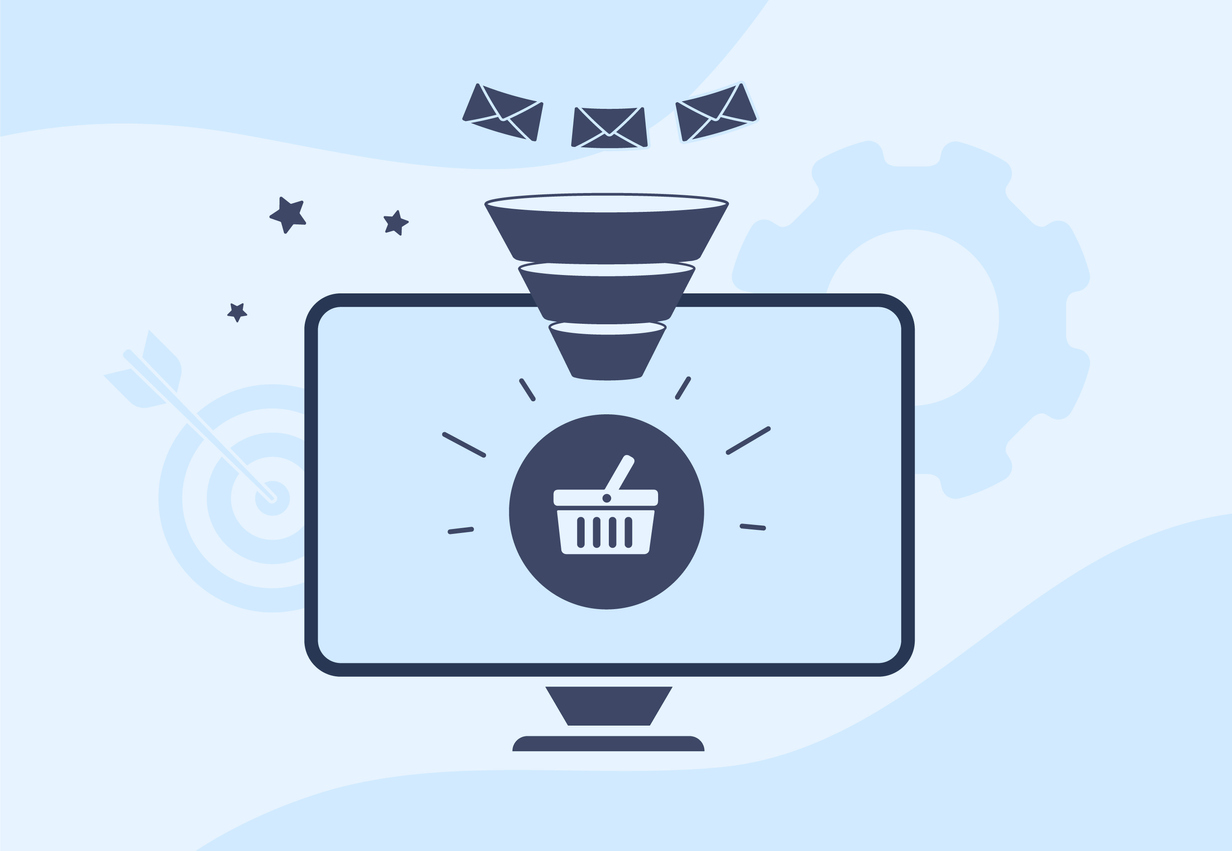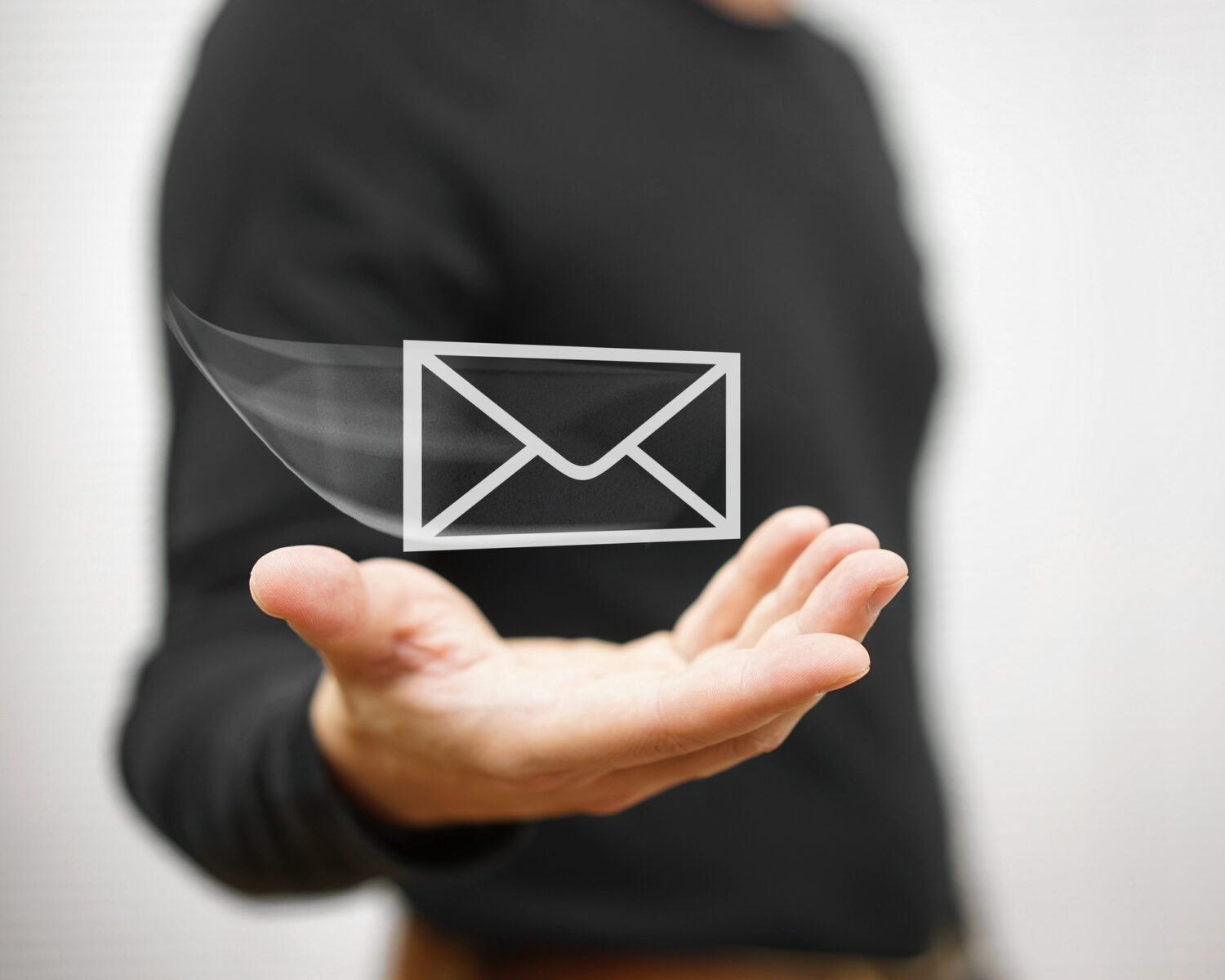Get Started with Your
 Direct Email Marketing Campaigns have become a highly effective marketing tool for any marketing strategy and any marketing budget. These campaigns can be used to communicate to customers, build relationships with potential customers, boost marketing ROI, gain insight and gather pertinent information. It is not uncommon to fall short on these campaigns – and that is why we have found a few interesting facts to help you boost your chances of success.
Direct Email Marketing Campaigns have become a highly effective marketing tool for any marketing strategy and any marketing budget. These campaigns can be used to communicate to customers, build relationships with potential customers, boost marketing ROI, gain insight and gather pertinent information. It is not uncommon to fall short on these campaigns – and that is why we have found a few interesting facts to help you boost your chances of success.
Know your Target Audience. If you want your email to be relevant, you must first identify your target audience and make sure that you have a good understanding of what they want/need. In some situations, you might even have one product with two target audiences that requires two separate Marketing Campaigns.
List the objectives of the campaign. What are trying to accomplish? Generate leads, raise awareness of new products/product changes, improve customer relations? This is one of the most important steps because if you don’t know your objective, how do you know how to reach it?
$ Budget $. What is the budget that you have set for this campaign? Know before starting your project how much money your company wants to spend on this marketing project and stick to it.
Plan implementation? Know how you plan to put this plan in place. Third party vendor, in-house design. These are questions that you should have a basic idea of before starting.
Success? What tracking processes do you have planned? How will you determine the success and/or failure of this plan.
Now that you have a basic plan outlined (above), you have to expand on that plan to include more of the specific details that motivate the clients/prospective clients to open and read your email.
- Personalize and segment if necessary. Make your email relevant to your audience. Sometimes it is necessary to segment your communications so that you can achieve this goal… write multiple versions specifically for different groups.
- Write an Irresistible Subject Line and reuse it. Grabbing the attention of your reader when they are deciding which emails to open and which to junk is one of if not the most important part of the design process. Avoid using words like “free” so that you don’t trigger spam filters and consider personalizing to the reader to maximize your open rate. Once you have that perfect subject line (you might have to try out a few first), then reuse it.
- Design a visually pleasing template. It is always a good idea to have your logo in the upper left corner and build down from there. The top 2-4 inches are what you would consider “above the fold” and should contain the most pertinent information. Also, using bold to highlight important facts will allow for a more scannable email – as most will not read every word.
- Include active, monitored links. Add links within your email to direct your customers or potential customers directly to your site. Use Visual Visitor’s Identify ANYONE to build out those links and you will be able to see the success directly in your dashboard! When those emails are read and the links followed, you will be notified using the company or user information added via your CRM. This allows pinpoint tracking within a company and consumer tracking through ISPs. This takes that basic tracking that is provided via most email marketing software providers to the next level by tracking and logging all future visits not originated from the first email.
- Timing is everything. Making sure that your email is sent on the perfect day at the perfect time is yet another way to raise your chances of success! Most agree that Monday is a bad choice – Tuesday, Wednesday and Thursday are chosen t0 be the best days of the week to send out campaigns. Generally speaking, the best time of day to send out your campaign is between 1pm and 3pm or between 9am and 1pm.





